Hoang Son Commune (Hoang Hoa) is a land rich in historical value, where a system of tangible cultural heritages with unique historical and cultural values is preserved, including the Le Phung Hieu Temple. Over the years, the commune has always focused on preserving and promoting the value of the temple to show gratitude to the merits of our ancestors.
 Le Phung Hieu Temple, Hoang Son Commune (Hoang Hoa).
Le Phung Hieu Temple, Hoang Son Commune (Hoang Hoa).
Le Phung Hieu Temple is associated with the life and achievements of general Le Phung Hieu - a special historical figure, from Ke Bung, Bang Son village, Chau Ai, now Xuan Son village, Hoang Son commune (Hoang Hoa). He served two kings of the Ly dynasty, Ly Thai To (1009-1028) and Ly Thai Tong (1029-1054).
Currently, there are very few historical records about him, only 3 events associated with his 3 achievements: Suppressing the dispute over land and boundaries in the village. According to the book Dai Viet Su Ky Toan Thu, "When he was young, Le Phung Hieu was a man of extraordinary strength. When the two villages of Co Bi and Dam Xa fought over the boundary, bringing weapons to fight, Le Phung Hieu told the people of Co Bi village that "I alone can fight them". After that, he humbled himself and pulled up a tree to attack randomly, injuring many people. Dam Xa village was so scared that it had to return the fields to Co Bi village". After this achievement, he was trusted by King Ly Thai To, promoted to be a military general, and promoted to the position of General of the Guard.
In addition, Le Phung Hieu also had the merit of suppressing the "Three Kings" rebellion. In the year of Mau Thin (1028), after King Ly Thai To passed away, the princes Vu Duc Vuong, Duc Thanh Vuong and Dong Chinh Vuong did not accept the succession of Crown Prince Ly Phat Ma to the throne, so they sent troops to besiege the city to seize the throne. General Le Phung Hieu had the merit of helping the Crown Prince suppress the "Three Kings" rebellion, ascended the throne as King Ly Thai Tong, and established the reign name Thien Thanh. Moved by his loyalty, King Ly Thai Tong appointed him as the Commander-in-Chief.
In addition to his merit in suppressing the "Three Kings" rebellion, official history also states that during the reign of Thien Cam Thanh Vu (1044-1048), he followed King Ly Thai Tong to fight the Champa invaders, serving as a vanguard general, defeating the enemy army. When considering his merits and rewards, he only asked to go up to Bang Son mountain to throw his knife, and wherever the knife fell, he would ask to make it his property, and the king approved. After that, Le Phung Hieu went up the mountain, threw his knife more than a thousand miles away, and the knife fell in Da Mi village. The king then gave him that amount of land, exempting him from tax on the land where the knife was thrown. Also from the event of Le Phung Hieu throwing his knife under the Ly dynasty, from here appeared the reward fields called "thac dao" which were later recorded many times in official history. After his death, the villagers built a temple right at the foot of the mountain to remember his merits.
According to the village convention of Bang Son and the memory of the local people, Le Phung Hieu Temple was built in 1078 under King Ly Nhan Tong, on an open area at the foot of Bang Son Mountain, also known as Ong Bung Temple. The temple is large in scale, ancient and solemn in appearance, with a "Tam" shape including the Front Hall, the Great Hall and the Back Hall (main palace). The main palace has a throne and a tablet with his name, date of birth, date of death and title. The Great Hall has 5 compartments and the Front Hall has 7 compartments. All are made of precious wood, roofed with fish-tail tiles, brick walls, large ancient gray-brown bricks.
In addition to the shrines, there are also the Ta Vu and Huu Vu houses, the Nghi Mon gate, the surrounding wall and many old trees that are green all year round. Surrounding and adjacent to the shrine area are the shrine and tomb of Le Phung Hieu's mother on the left, leaning against Bang Son mountain, on the right is Bang Son mountain where there is the ancient pagoda "Huong Son Tu" also known as "Ma Yen Tu".
Over hundreds of years of existence with the vicissitudes of history and the ravages of weather, the temple was damaged and the successive dynasties such as Tran, Le, Nguyen paid attention to repairing the shrine and bestowing many noble titles (currently, 23 royal decrees are still preserved). During the two wars against France and America, the temple was severely damaged, the Front Hall, the Great Hall and the Nghi Mon were completely dismantled, many valuable worship objects were also lost. After that, the villagers donated manpower and resources to repair and rebuild the Great Hall on the old foundation with concrete and steel. In 2002, Le Phung Hieu Temple was ranked as a national monument.
To continue to preserve and promote the value of the temple, on August 7, 2018, the Chairman of Thanh Hoa Provincial People's Committee issued Decision No. 2976/QD-UBND approving the investment policy of the Project to restore and embellish the historical and cultural relic of Le Phung Hieu Temple, Hoang Son Commune, Hoang Hoa District. On that basis, Hoang Hoa District is focusing resources to implement the project, contributing to meeting the cultural, spiritual and religious needs of the people and tourists, serving the goal of developing local tourism.
Along with the concern for preserving and promoting the value of the relic, to commemorate the merits of General Le Phung Hieu, every year the government and people of Hoang Son commune organize the Le Phung Hieu temple festival on April 8 (lunar calendar). However, in reality, the festival is only organized on a small scale with worshiping activities and incense offering ceremonies of the local associations and visitors from all over.
Therefore, in order to expand the scale of the festival to match the value and stature of the temple as well as the achievements of General Le Phung Hieu, many historians believe that in the coming time, the local authorities of Hoang Son commune and Hoang Hoa district need to be more active in coordinating with relevant authorities to organize inventories, interviews, research, restore traditional games with identity and organize the Le Phung Hieu Temple Festival according to the scale and traditional rituals. At the same time, promptly prepare a dossier to propose to include the traditional festival of Le Phung Hieu Temple in the list of national intangible cultural heritage. Thereby, contributing to promoting the achievements and virtues of Le Phung Hieu as well as promoting the development of local tourism economy.
Article and photos: Nguyen Dat
(The article uses materials from the scientific conference "General Le Phung Hieu and the land of Bang Son).
Source: https://baothanhhoa.vn/phat-huy-gia-tri-di-tich-den-tho-le-phung-hieu-223073.htm




![[Photo] "Beauties" participate in the parade rehearsal at Bien Hoa airport](https://vstatic.vietnam.vn/vietnam/resource/IMAGE/2025/4/11/155502af3384431e918de0e2e585d13a)

![[Photo] Looking back at the impressive moments of the Vietnamese rescue team in Myanmar](https://vstatic.vietnam.vn/vietnam/resource/IMAGE/2025/4/11/5623ca902a934e19b604c718265249d0)

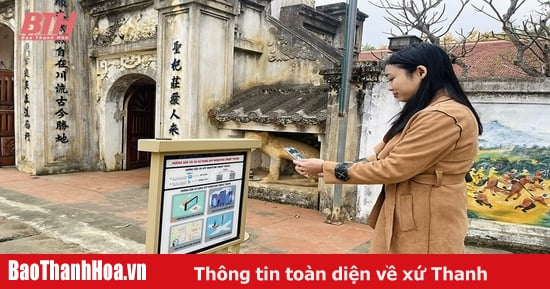

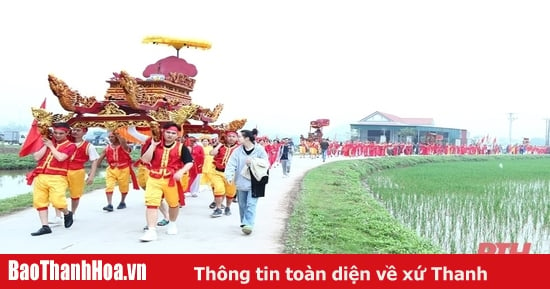
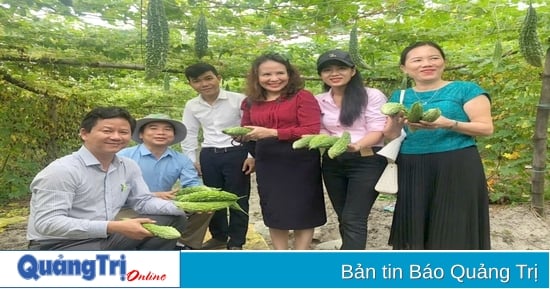

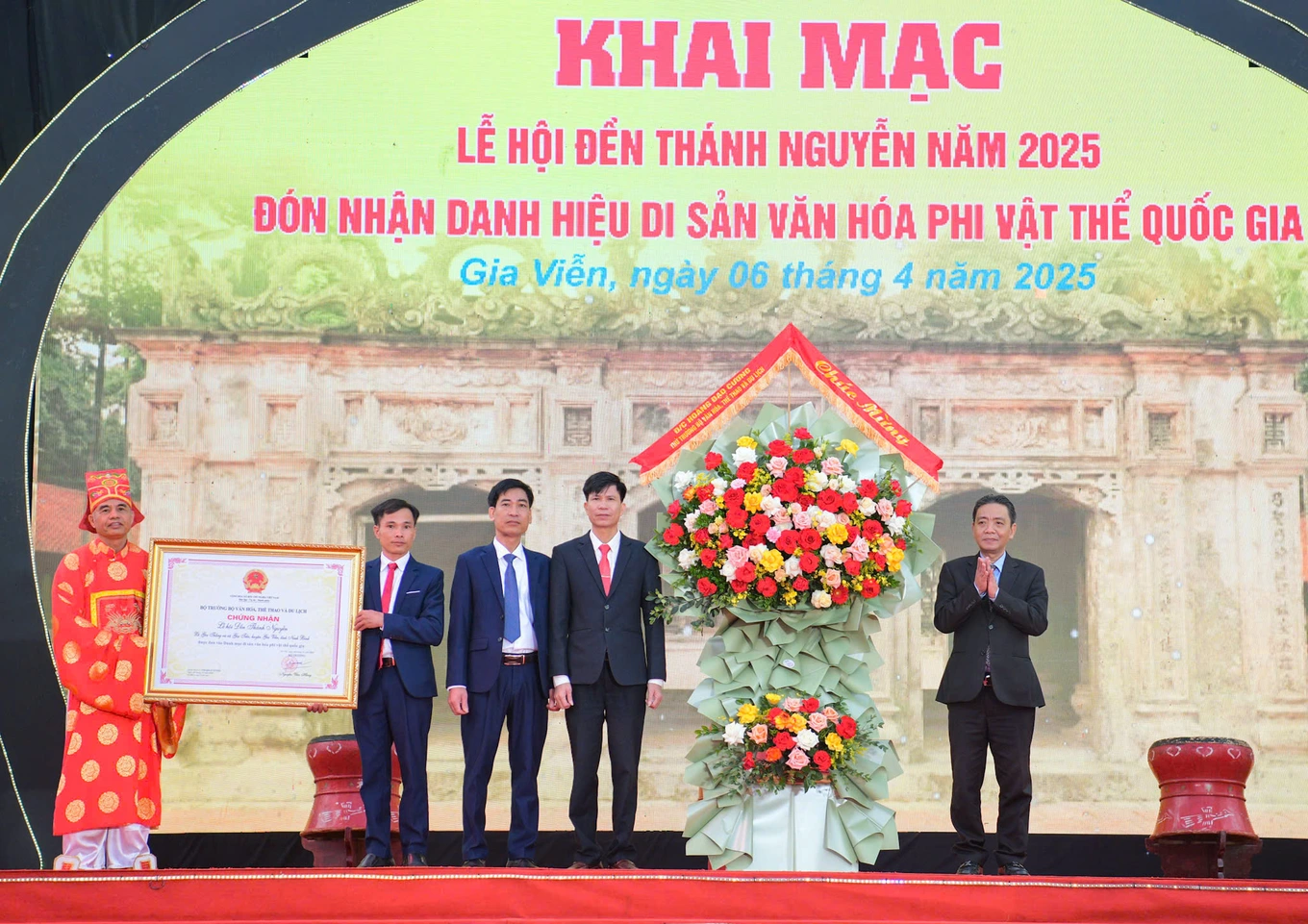

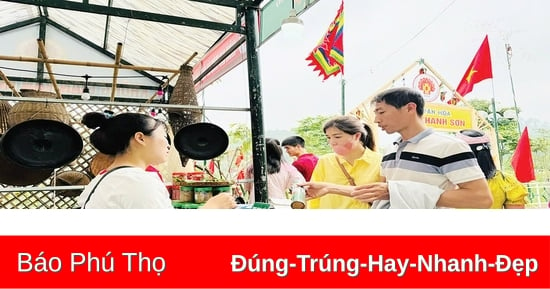
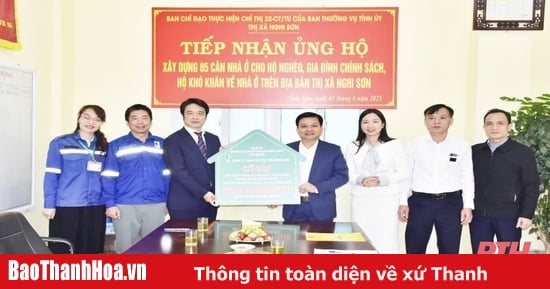
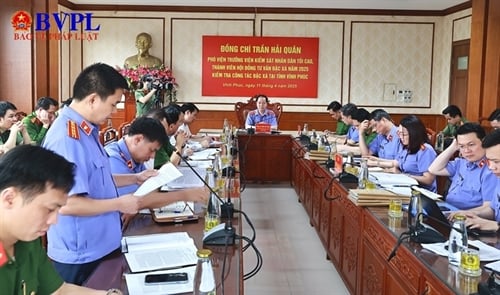
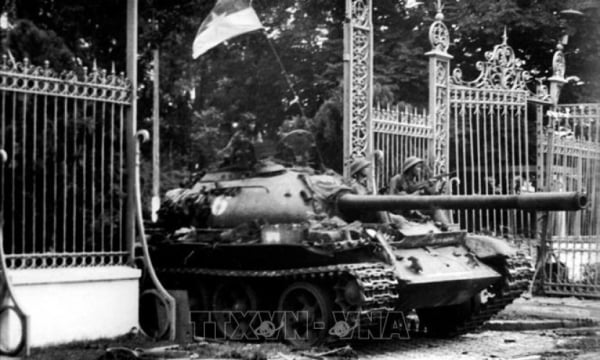
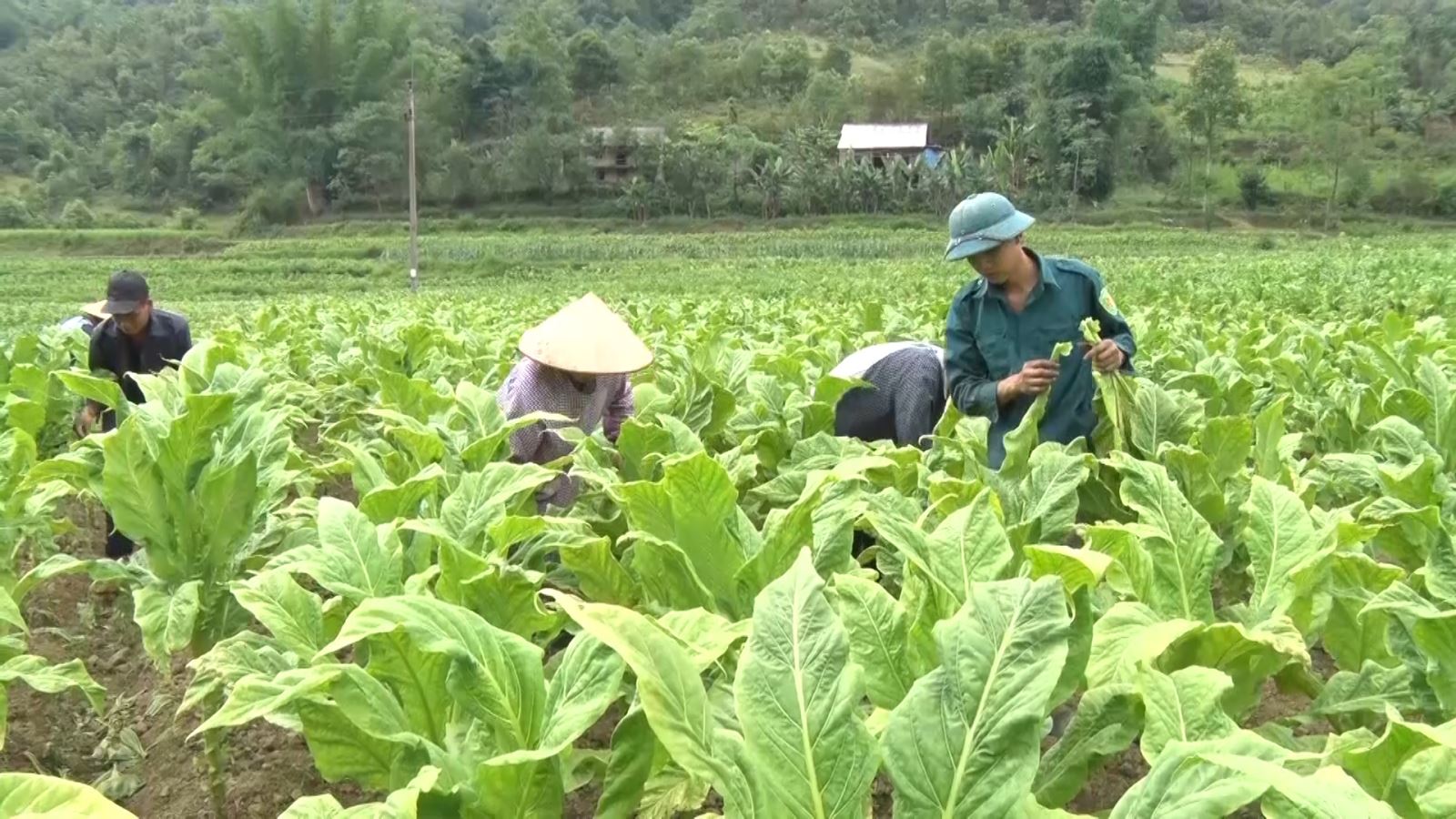

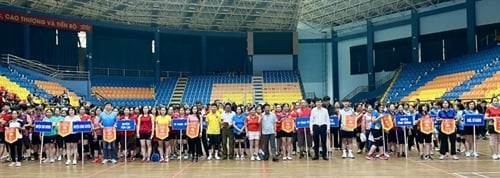
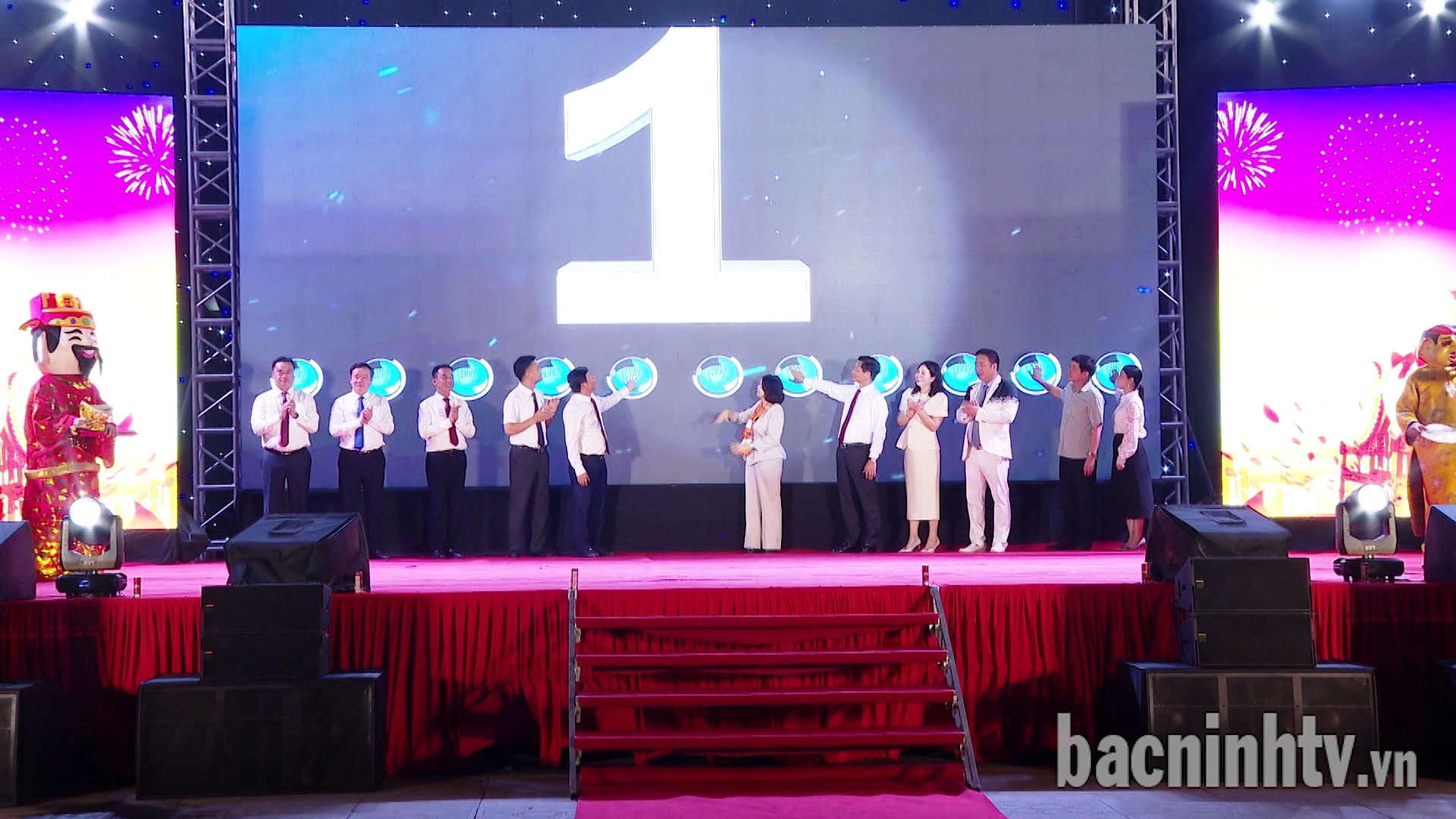


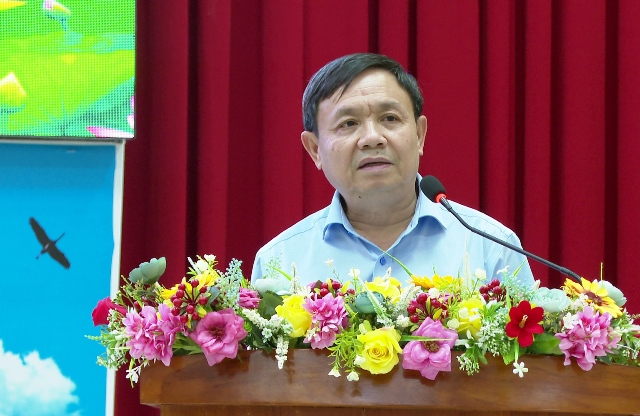

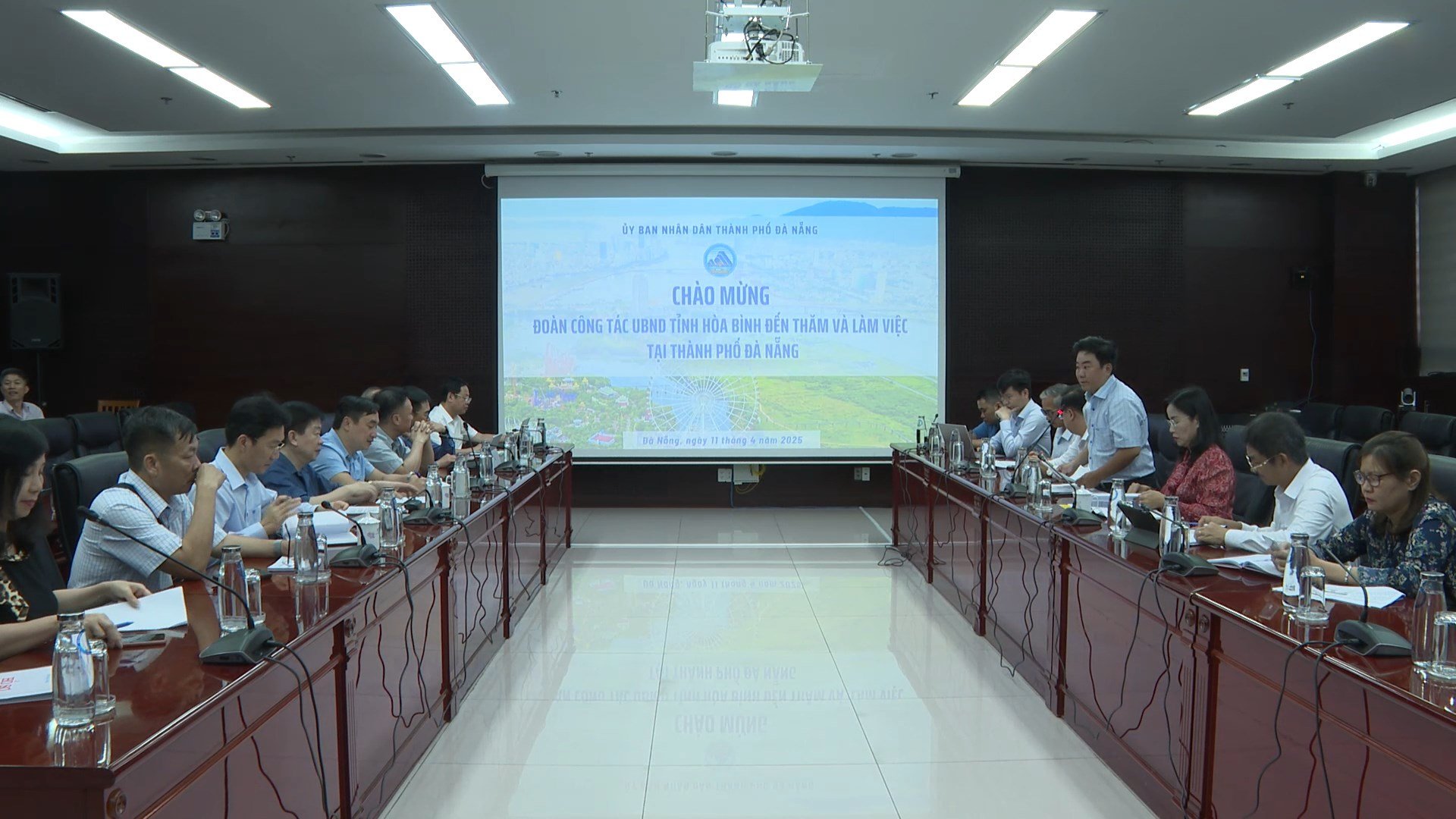

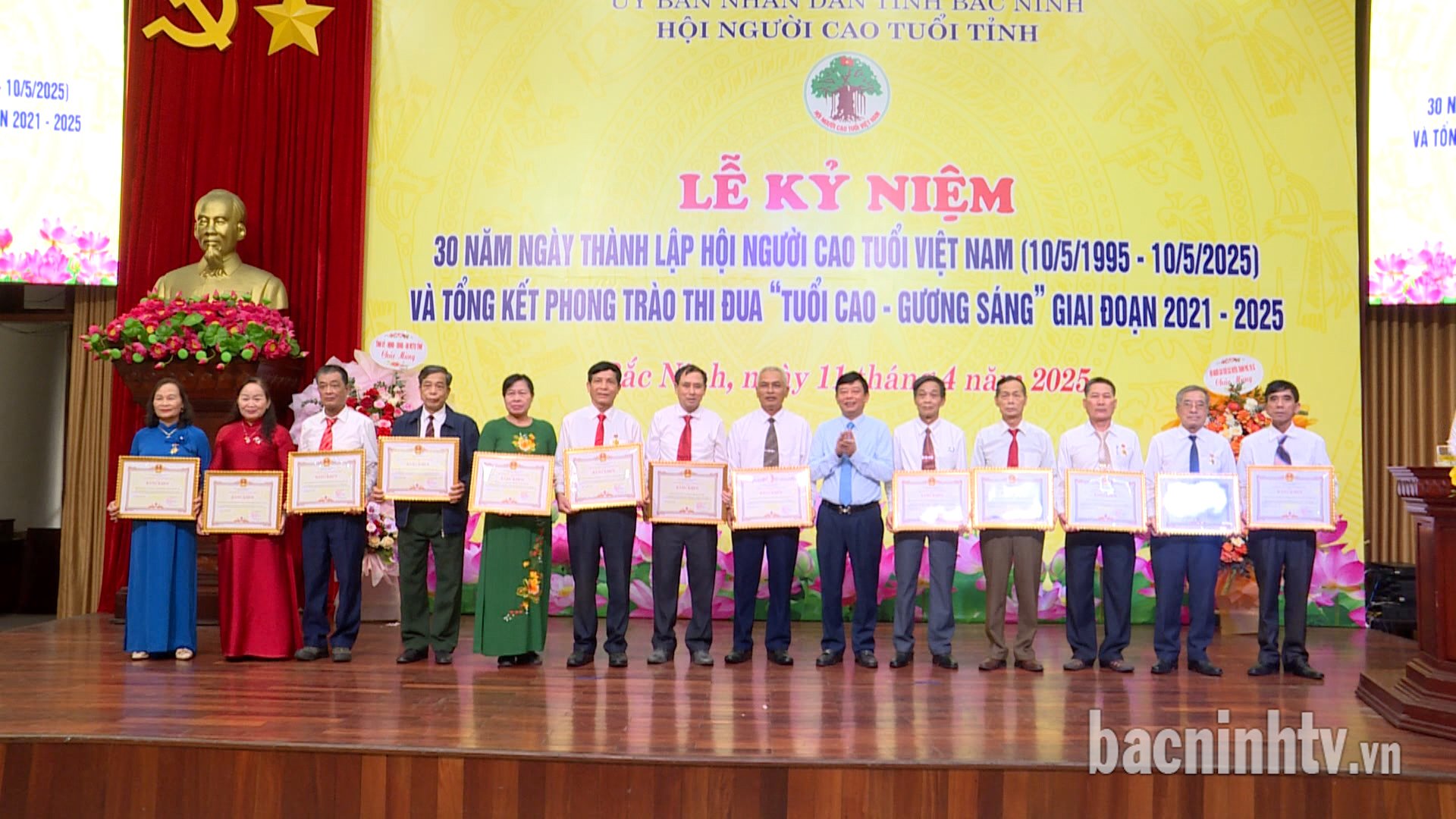
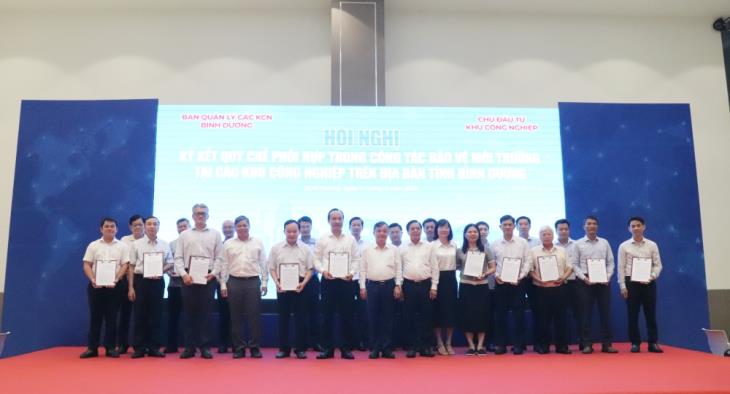

![[Photo] Summary of parade practice in preparation for the April 30th celebration](https://vstatic.vietnam.vn/vietnam/resource/IMAGE/2025/4/11/78cfee0f2cc045b387ff1a4362b5950f)





















































Comment (0)